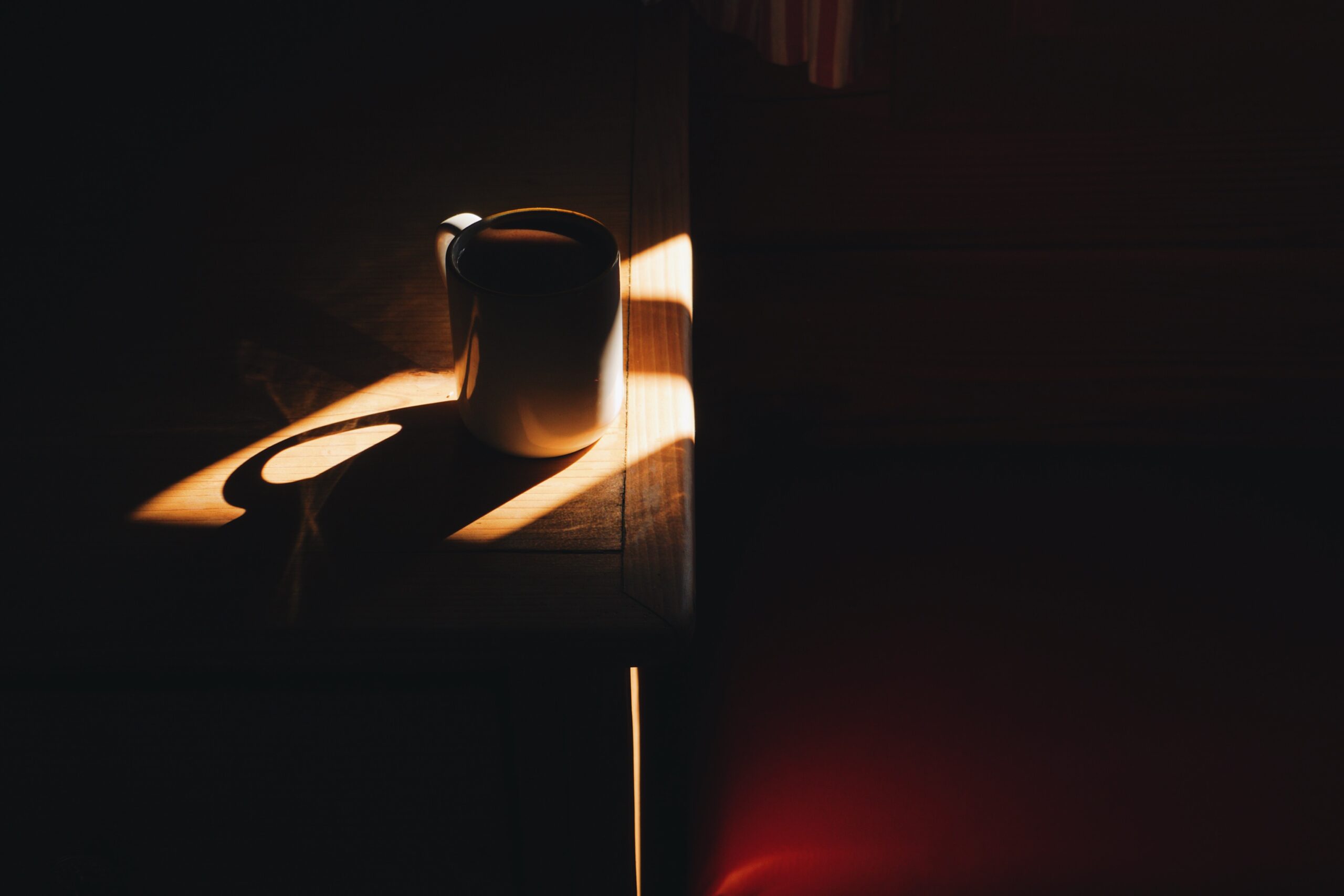As I started again on my photography journey, I wondered which area I wanted to explore. Then it hit me that, in order to move forward, my first attempt should understand how light and shadow play a crucial role in photography. The dance of light and shadow has the power to elevate a depth of a photo to a new height. In photography, everything is about the presence of light and the absence of light. The dark portions in any scene create a visual balance to the photographic story. However, oftentimes, we overlook the shadows and focus more on the light.
Have you asked or considered shadow as an important aspect of photography before picking up your camera? If not, it’s time for you to understand shadows. Every successful photographer knows the importance of paying attention to both light and shadow. Shadows are the one that brings depth to a photograph. I have realized that shadows are more than just a space with the absence of light. Instead, shadows draw attention to the light. When a photographer integrates both light and shadows in a balanced way, it creates magic.
So, if we want to reach our full potential as a photographer, we should think more of mastering the shadows besides mastering the light. So, what happens when we incorporate effective light and shadow into every photograph that we click from now on? Here are few things that I have learned through practice which I want to share with you all:
- Emphasize Focus On Your Subject – When you want to draw focus to your subject, shadows can add distinctness to it. Shadow creates two different spaces and illuminates the subject if the subject is positioned at the brighter side. As the shadow castes the other parts of the subject, viewers will immediately notice it. Your image will look strong and thoughtful.
- Add Dimensions To A Scene – We all have watched movies of various genres, right! And we can’t ignore how the positioning of the light and the presence of shadow adds dimensions. With the presence of light and shadows, we get to witness differentiation between tones. The various tones around the subjects add dimensions to a scene or photograph, making them stand out from the subjects. Hence, it creates depth while we are shooting a photograph. We can see it mostly in cinematic photos where the different depth of colors comes to life with the right balance of light and shadows. It prepares the stage to tell a compelling story.
- Allowing Contrast To Create Drama – What happens when two things of opposite characters are placed together? It creates visual contrast. Similarly, when light and shadow come into a scene, it creates contrast adding drama to a frame. When there’s high tonal contrast, the attention of people will automatically move to it. As light and shadow create an enriching contrast, the dramatic effect of a scene becomes attention-grabbing. You can get the extreme tonal contrast naturally if you shoot your photos in natural light during sunrise and sunset. As the sun stays at the horizon and reflects light through various objects, it creates little blocks of light surrounded by darkness. You can create a storyline that focuses on how your subject deals with its environment. Instead of illuminating the whole frame, let the reflection of the light around add depth to the surroundings.
- Direct Attention To Subject – Suppose that you take a photo of a subject in a mostly shadowy area. In a particular spot of the area, a source of light is peeking through. Now, if you place your subject in the slightly lit area, the complete attention will go to your subject. If your subject is illuminated to the right amount, it will create depth in each shot. Now you have to understand whether you prefer hard light or soft light on your subject. Sometimes, both types of light may be crucial to tell a tale.
- Reveal Additional Graphic Element – I have found many photographs where light and shadow creates additional graphic element to a frame. The shadow of the subject completes the whole story behind a photograph. When we add the shadow of the subject in a frame along with the portion or complete subject, it strengthens the frame. Many of us have seen a photo by Chris Johns- an aerial view of camels passing sand dunes, and their silhouette looks like real camels. The pairing can capture moments with their magical touch. Also, shadows can create interesting shapes that might mean something completely else and meaningful.
- Add Strength To Compositions – A composition of a photograph makes or breaks the meaning of a photograph. And we can’t set a composition without thinking about the presence and absence of light. After all, light and shadows lead to interesting framing, leading lines, and negative space. All these elements of composition finally lead our eyes to the subject. Nothing else distracts us when the proportion of light and shadow is right in a photograph. But if the proportion is not right, a photograph can lose to drive home its meaning to its viewers.
Conclusion
I am sharing it from my personal experience. I used to click lots of lots of photos without understanding the importance of light and shadow in a photograph. It helped me be present at the moment and look into the light and shadow of the dramatic differences made in different day hours. If you are shooting in a studio, studio lights will play a crucial role in each photograph. As you incorporate light and shadow more consciously in your photographs, you will see how it’s going to speak volumes.








